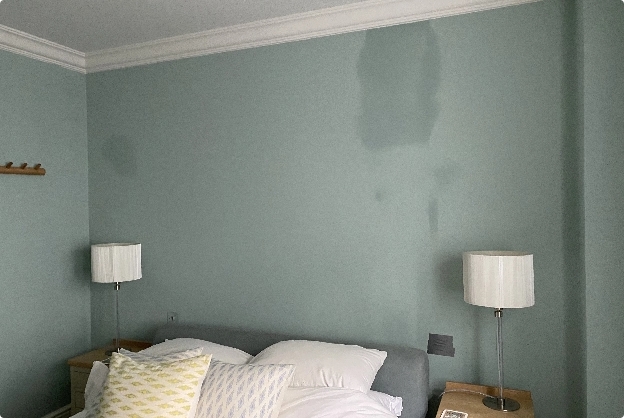Cost-Effective Solutions for Damp Issues: What You Need to Know
|
If you are a London property owner, you probably are aware that moisture is a very real threat to your home; the UK climate is generally damp and buildings must be protected with damp proofing services. We have been building structures for millennia and one thing we have learned is that moisture rises from the ground, causing bricks and mortar to be compromised.
Here are a few cost-effective ways to prevent damp and mould in your home.
- Generate an airflow – Good ventilation prevents mould from forming and generally dries out the air. You can this by opening windows in the right locations and leaving interior doors open; install a few small extractor fans, one in the kitchen and one in the bathroom; they can be reversed so you can remove condensation quickly with extraction.
- Clean out roof guttering – Imagine this scenario, wet leaves clog the guttering and a few heavy storms cause rainwater to gush down the exterior walls. While doing that, inspect the roof, checking that there are no roof tiles missing and that everything is in good order.
- Heat the whole house – We understand that you would not want to waste expensive energy to heat areas of the house that are not being used, but if the air is damp, heat dries it out. Some homeowners use a portable space heater to warm up rooms that never get used. Inspect timber window frames, as woodworm can take hold, as can wet and dry rot. Look for damp patches on walls and ceilings, a sure sign that you need moisture control solutions.
- Basement waterproofing – Below ground living space must be waterproofed and we offer affordable basement tanking in London; there are several ways to protect a basement, using water-resistant cement on walls and ceilings, or install a cavity drainage system, which comes in several forms, type A, B and C waterproofing. If you would like to know basement tanking cost, call London Damp Specialists on 020 7458 4864 and we will arrange for one of our surveyors to carry out an assessment.
- Damp proof course (DPC) – Every building would have DPC membrane fitted between lower brick courses and this prevents rising damp from invading the building. In the event the DPC is damaged, damp can rise up the exterior walls and that leads to decay and damage. Check the entire perimeter of the house, looking for crumbling masonry and mortar.
- Water resistant cement – Sika make excellent products that waterproof walls, floors and ceilings, which is primarily used in basement tanking; if you find a damp area of wall, you can remove all the damp plaster, let it dry out, then apply Sika cement that will seal the wall.
If you suspect that you have damp issues in your home, call London Damp Specialists on 020 7458 4864 or fill in the form on our website and we will send a surveyor to assess your property for damp and mould.

